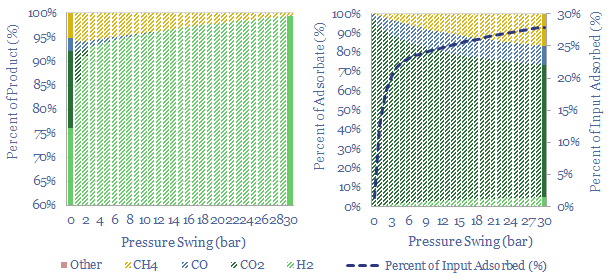
…of PSA plants purify hydrogen, biogas, polymers, nitrogen/oxygen and possibly in the future, can capture CO2? This 16-page note explores PSA technology, costs, challenges, leading companies and disruption of industrial…

…1966. Today, tens of thousands of PSA plants purify hydrogen, biogas, polymers, nitrogen/oxygen and possibly in the future, can capture CO2? This 16-page note explores the technology, costs, challenges, companies….
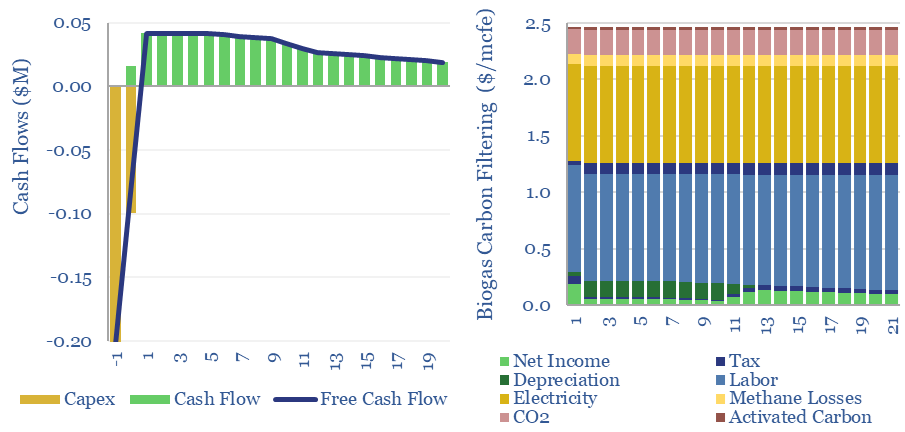
…Biogas is a mixture of 40-75% methane, 20-50% CO2, H2O, nitrogen, oxygen, H2S, ammonia, and other impurities such as siloxanes, mercaptans and other volatile organic compounds. Different assets of biogas…
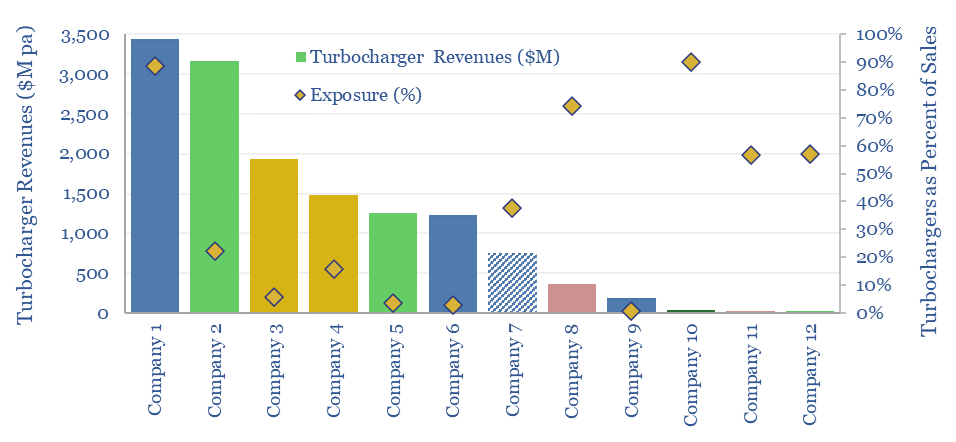
…cylinders to 1.5-2 atmospheres, and thus increasing the overall quantity of oxygen burned alongside the fuel. Turbochargers may be powered by expanding hot exhaust gases from the engine, thereby minimizing…
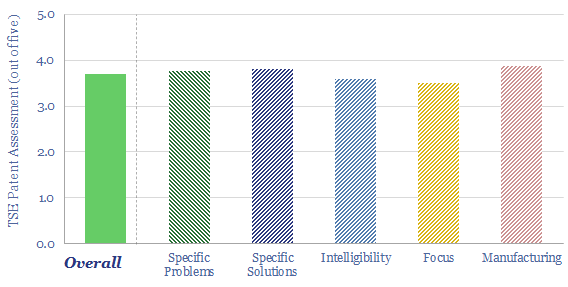
…of it is patent protected? The first step of blue hydrogen reforming is a partial oxidation reaction, combusting methane with pure oxygen from an air separator, to produce CO and…
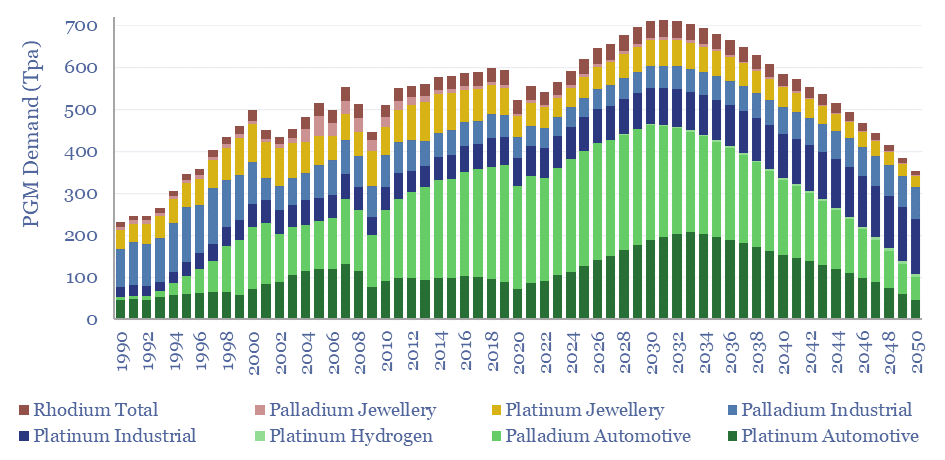
…as both oxidation and hydrogenation catalysts, conducting electricity, and adsorbing gases, such as oxygen and hydrogen. Production is complex. 55% of global mined output is from South Africa and 25%…
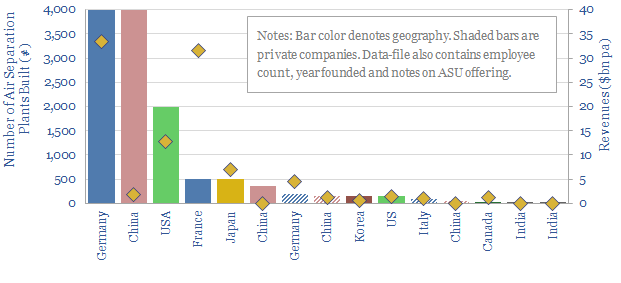
…can have a moat and generate higher margins and returns. We see growing demand for cryogenic air separation in the energy transition, in order to produce pure oxygen for metals,…
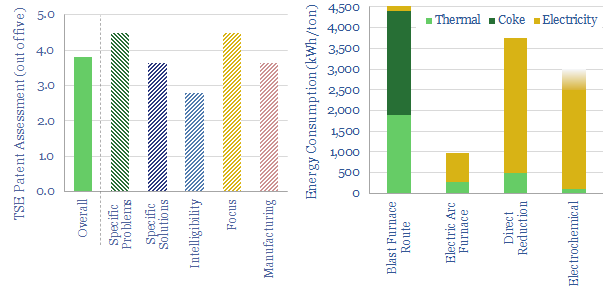
…since 2012. 70% of steel is made in blast furnaces and basic oxygen furnaces, in a pathway that emits over 2 tons of CO2 per ton of finished steel (model…
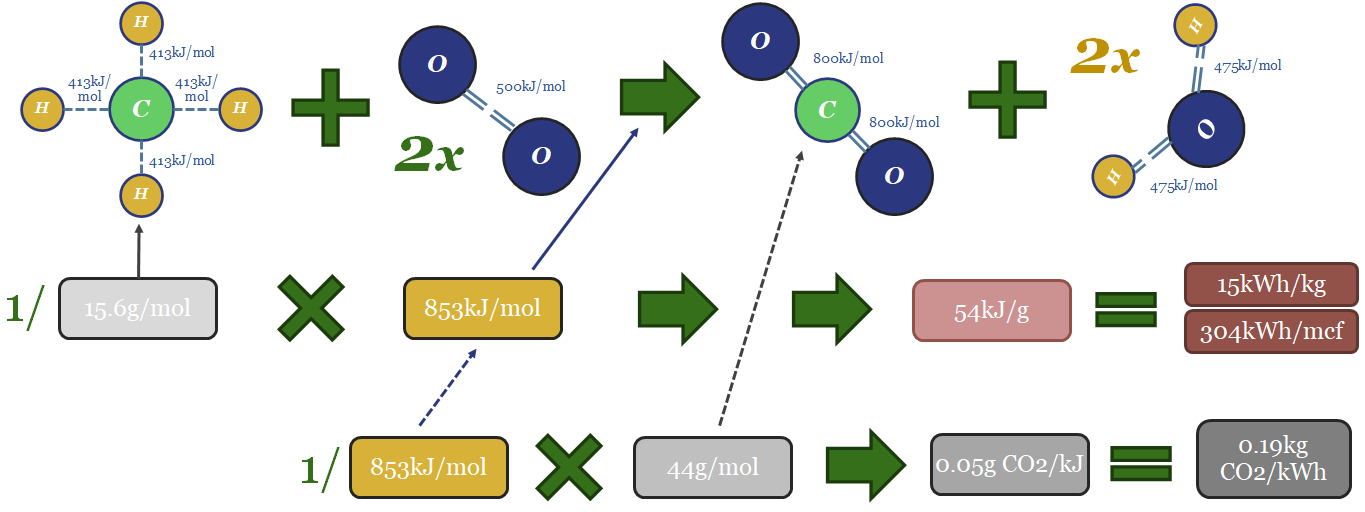
…they are oxidized to H2O, but in a very dense package of mass. At 1g/mol, hydrogen atoms are much lighter than carbon atoms at 12g/mol and oxygen at 16g/mol. (The…
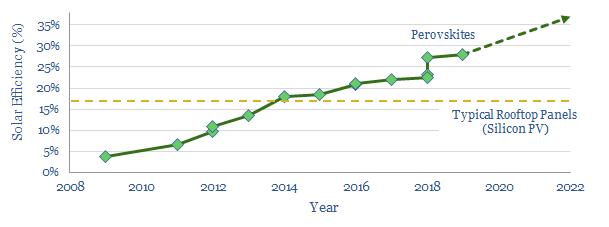
…Perovskites degrade within 500-1,000 hours, due to moisture, oxygen and ultra-violet light, while achieving c200-days’ lifespan is documented as remarkable. Outdoor applications have not been proven. The test cells developed…









